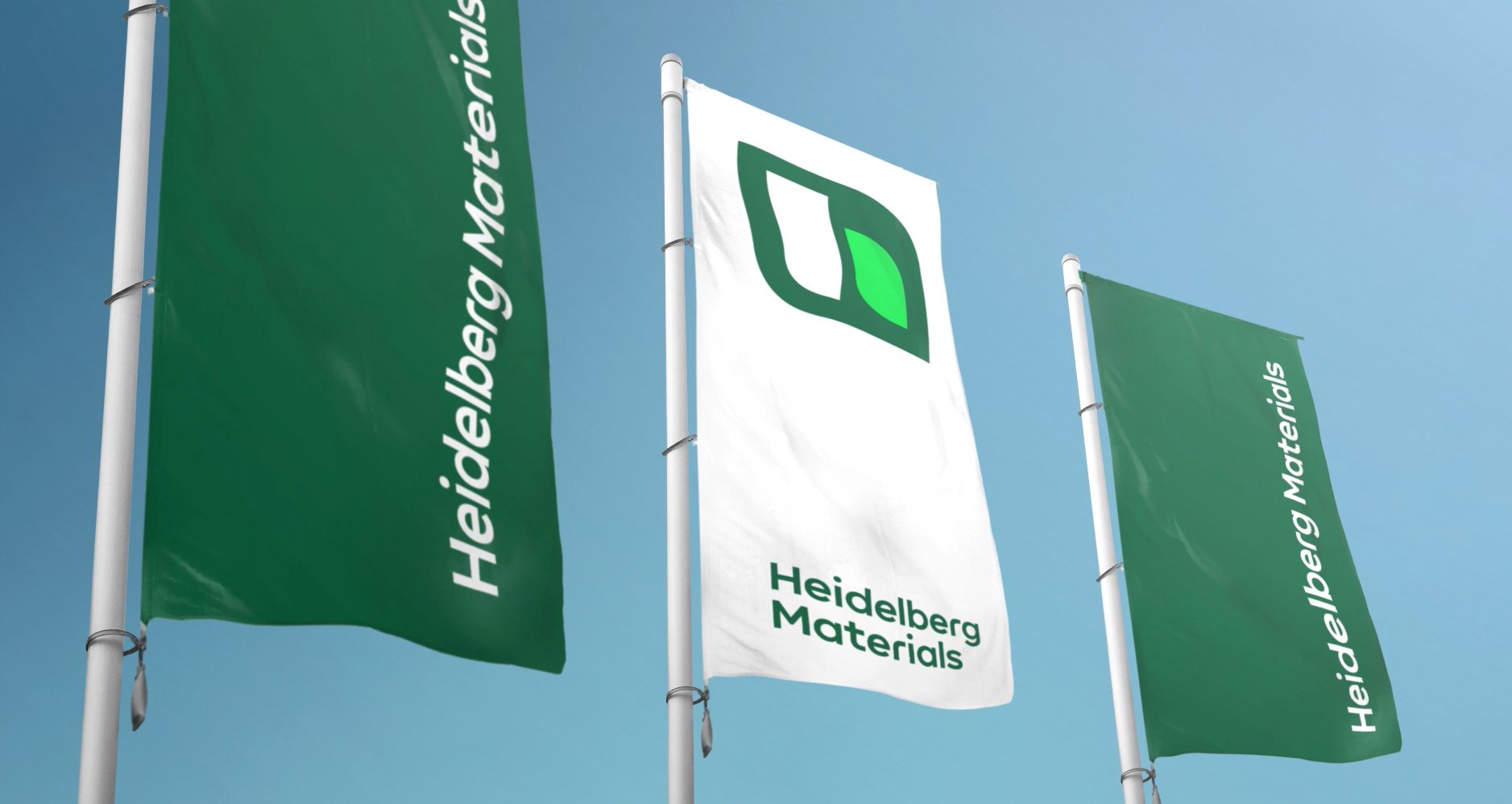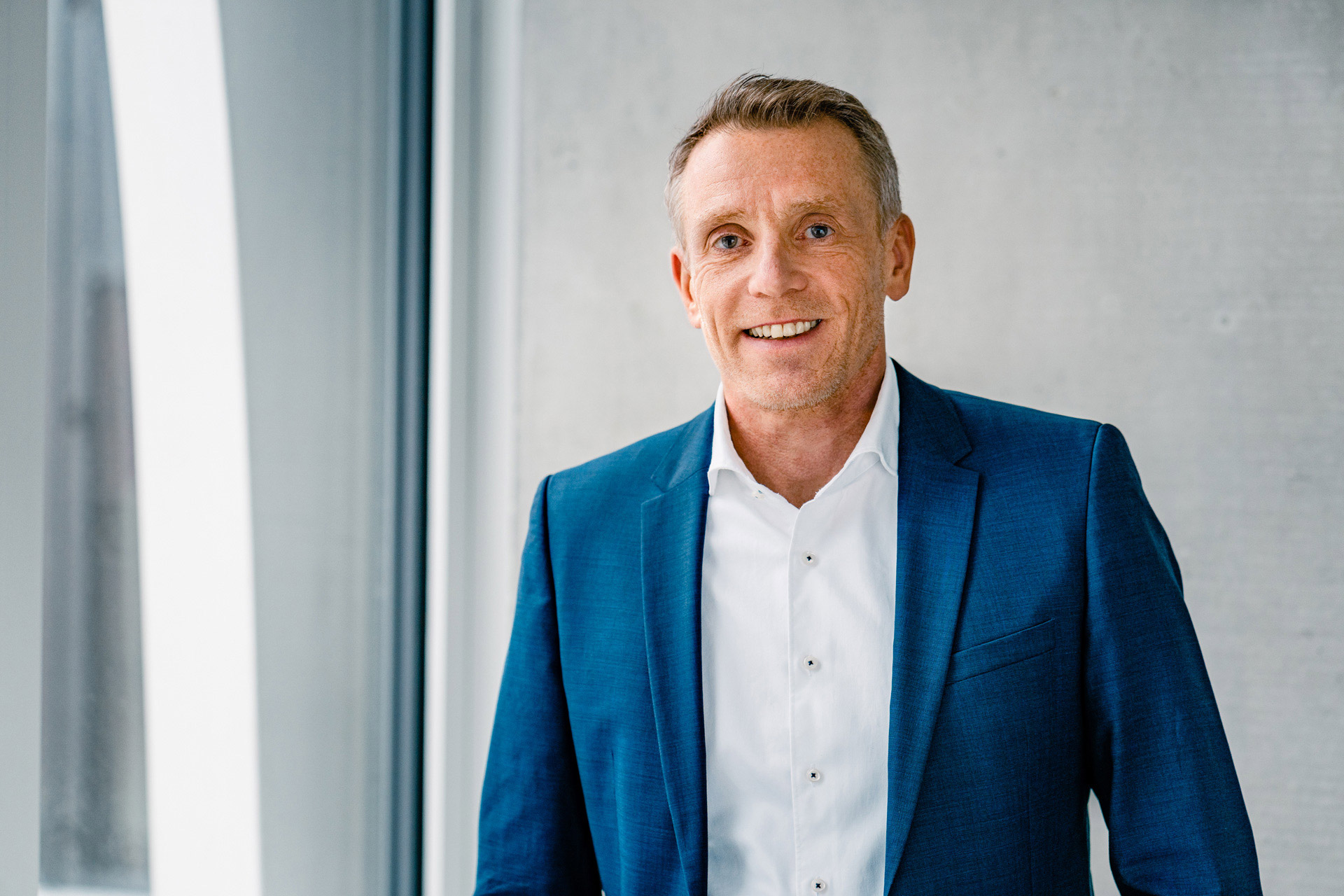HeidelbergCement publishes Group Sustainability Report 2016
-
Specific net CO₂ emissions reduced by 22.6% (base year: 1990)
-
Platform for sustainable supplier management launched in pilot countries
Today, HeidelbergCement has published its eighth Sustainability Report so far. The Sustainability Report 2016 was prepared in accordance with the guidelines of the Global Reporting Initiative (GRI G4) and summarises important topics and challenges for HeidelbergCement in its drive for sustainable development. The report focuses on targets, measures and achievements of the company’s sustainability management.
Successes in occupational safety and climate protection
The health and safety of its employees is central to the HeidelbergCement Sustainability Ambitions. In 2016, HeidelbergCement was able to reduce the accident frequency rate as well as the severity rate. “HeidelbergCement will continue to invest in trainings and awareness campaigns for occupational safety in order to reduce accidents to a minimum. Moreover, we will give the adherence to Group-wide safety standards the highest priority,” said Dr. Bernd Scheifele, CEO of HeidelbergCement.
Climate protection and the reduction of CO₂ emissions remained another focus of our sustainability management in 2016. For instance, specific net carbon dioxide emissions were reduced by 22.6% (compared to 1990 levels) to 598 kg per tonne of cement. This was partly due to a significant increase of the use of alternative fuels at a number of plants throughout the Group. For example, the Gorazdze cement plant in Poland achieved an alternative fuel rate of 70%. “The numbers show that HeidelbergCement made progress in 2016,” said Scheifele. “We aim to further decrease our CO₂ emissions. Therefore, we are conducting intensive research in future-oriented technologies to use CO₂ as a resource.”
Sustainable supplier management
At HeidelbergCement, corporate responsibility for the environment and society is not limited to our own production processes, but also encompasses the supply chain. Group-wide procurement guidelines therefore provide clear instructions regarding supplier relationships and procurement activities. In 2016, HeidelbergCement made significant progress regarding the systematic management and assessment of its suppliers. An online platform, that has already been introduced in several countries, will simplify the systematic recording and consolidation of supplier data as well as its assessment in accordance with selected sustainability aspects.
About HeidelbergCement
HeidelbergCement is one of the world’s largest integrated manufacturers of building materials with leading market positions in aggregates, cement, and ready-mixed concrete. Following the acquisition of Italcementi, the company employs 60,000 people at more than 3,000 locations in around 60 countries.

